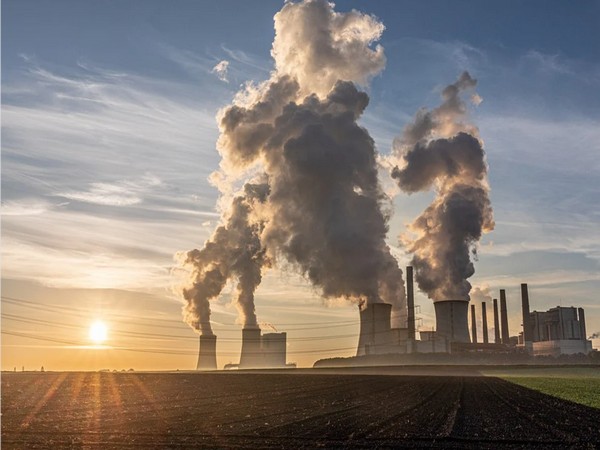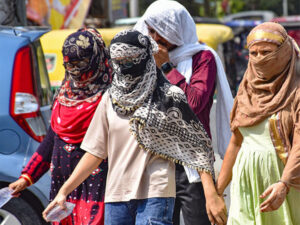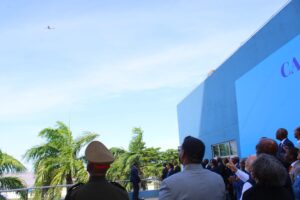
Boston (Massachusetts) [US], January 31 (ANI): A large study, conducted by the Harvard T.H. Chan School of Public Health, has said that elderly people living near or downwind of unconventional oil and gas development (UOGD) are at higher risk of early death, compared to their counterparts who don’t live there.
UOGD involved extraction methods including directional (non-vertical) drilling and hydraulic fracturing, or fracking. The results, published in ‘Nature Energy’, suggested that airborne contaminants emitted by UOGD and transported downwind are contributing to increased mortality.
“Although UOGD is a major industrial activity in the U.S., very little is known about its public health impacts. Our study is the first to link mortality to UOGD-related air pollutant exposures,” said Petros Koutrakis, professor of environmental sciences and senior author of the study.
Co-author Francesca Dominici, Clarence James Gamble Professor of Biostatistics, Population, and Data Science, added, “There is an urgent need to understand the causal link between living near or downwind of UOGD and adverse health effects.”
UOGD has expanded rapidly over the past decade. As of 2015, according to the study, more than 100,000 UOGD land-based wells were drilled using directional drilling combined with fracking. Roughly 17.6 million U.S. residents currently live within one kilometer of at least one active well. Compared with conventional oil and gas drilling, UOGD generally involves longer construction periods and larger well pads (the area occupied by equipment or facilities), and requires larger volumes of water, proppants (sand or other materials used to keep hydraulic fractures open), and chemicals during the fracking process.
Prior studies have found connections between UOGD activities and increased human exposure to harmful substances in both air and water, as well as connections between UOGD exposure and adverse prenatal, respiratory, cardiovascular, and carcinogenic health outcomes. But little was known about whether exposure to UOGD was associated with mortality risk in the elderly, or about exactly how exposure to UOGD-related activities may be contributing to such risk.
To learn more, the researchers studied a cohort of more than 15 million Medicare beneficiaries — people aged 65 and older — living in all major U.S. UOGD exploration regions from 2001 to 2015. They also gathered data from the records of more than 2.5 million oil and gas wells.
For each Medicare beneficiary’s ZIP code and year in the cohort, the researchers used two different statistical approaches to calculate what the exposure to pollutants would be from living either close to UOGD operations, downwind of them, or both, while adjusting for socioeconomic, environmental, and demographic factors.
The closer to UOGD wells people lived, the greater their risk of premature mortality, the study found. Those who lived closest to wells had a statistically significant elevated mortality risk (2.5 per cent higher) compared with those who didn’t live close to wells.
The study also found that people who lived near UOGD wells as well as downwind of them were at higher risk of premature death than those living upwind, when both groups were compared with people who were unexposed. “Our findings suggest the importance of considering the potential health dangers of situating UOGD near or upwind of people’s homes,” said Longxiang Li, postdoctoral fellow in the Department of Environmental Health and lead author of the study. (ANI)



















